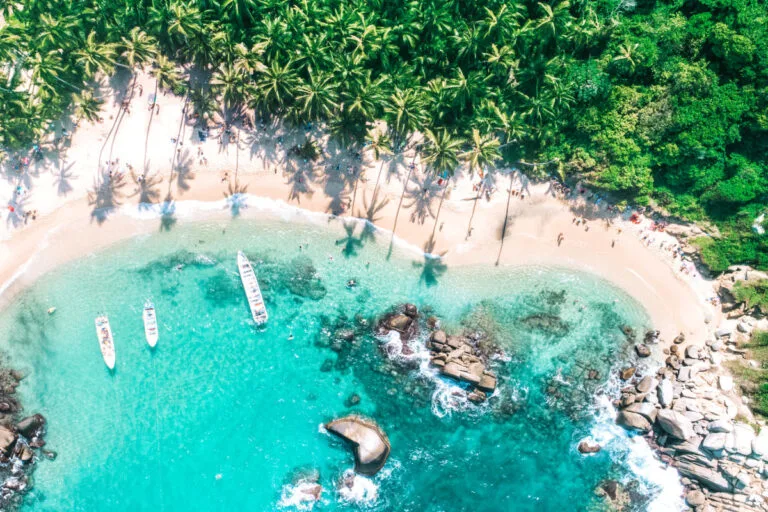Much to the chagrin of other nations, the U.S. State Department has been in a trigger-happy mood, issuing new travel advisories to kick off 2024.
Some are expected, some are surprised, and others are pushing back on the assertion that their country is unsafe for tourists.
The State Department’s job is to inform travelers of the potential risks based on real data, which is how they determine their 4-tier system:
- Level 1 – Exercise normal precaution
- Level 2 – Exercise increased caution
- Level 3 – Reconsider travel
- Level 4 – Do not travel
There have been a total of 16 travel advisories issued in 2024. These are the 5 most popular destinations:
Colombia
Colombia rang in the new year with an unwanted gift from the State Department – a Level 3 designation.

To make matters worse for this popular country, the U.S. embassy issued its own travel security alert about a week later.
For anyone considering a trip to Colombia, they should read through what both government agencies have to say.
As far as the State Dept. is concerned, the Arauca, Cauca, and Norte de Santander regions are specifically listed as no-go zones, along with towns near the Venezuelan border.
The Embassy’s warning was much broader as a result of multiple Americans being caught up in fatal online scams.

Cuba
Cuba is truly one of the most fascinating countries in the world, and it’s only a stone’s throw from Florida, relatively speaking.
Although close in proximity, it’s not the easiest to visit with a U.S. passport. With the latest travel advisory issued on January 5th, it makes the decision even tougher to know if now is the best time to visit.
It’s worth noting Cuba is only designated as Level 2 with a focus on “petty crime”. However, more violent crime does occur throughout the country.
Those seeking to enter the closest time capsule to the U.S. with jaw-dropping historical buildings and vintage cars will have to do their due diligence to see if Cuba’s current conditions meet their comfort level.

Jamaica
And here is where the pushback begins…
On January 23rd, the State Department issued a Level 3 travel advisory for one of the most popular Caribbean destinations.
With such welcoming locals and incredible sites, Level 3 seemed extreme, but it’s based on the fact tourists can find themselves in the crosshairs of violence and in dire situations should they need medical attention.

Additionally, there have been horrid instances of assaults reported at all-inclusive resorts, which probably sealed the deal for a Level 3 designation.
The State Department strongly recommends obtaining travel insurance with medical evacuation included due to poor healthcare infrastructure.
***For what it’s worth, I was in Kingston and Port Antonio in November and never felt unsafe. Uber drivers encouraged me to avoid downtown Kingston, but I enjoyed nice restaurants, markets, Hellshire Beach, and the ritzy New Kingston district on a solo trip.***
The Bahamas

On paper, The Bahamas seems the safest bet for a Caribbean vacation. That changed in January when the mega-popular resort hotspot was seeing unprecedented levels of violent crime in the capital of Nassau.
Since tourists, at the very least, tend to use Nassau as a gateway, the number of deaths in such a short span was alarming.
The U.S. Embassy was the first to report a travel warning, with the State Department issuing its own advisory the following day with additional information related to unregulated tours.

Despite this, The Bahamas disagrees with the assessment of the U.S. and believes tourists should feel safe on vacation.
Ecuador
Ecuador has seen its fair share of travel warnings to start the year as well, with both the U.S. Embassy of Ecuador and the State Dept. issuing their own alerts in January.
It started off like a movie script where the powerful head of a well-known criminal organization escaped prison causing mayhem in city streets.

Violent attacks and civil unrest became a huge concern to the point a travel advisory needed to be issued with many cities highlighted as dangerous including Guayaquil.
Dozens of attacks occurred throughout January, leading the President of Ecuador to issue a State Of Emergency for 60 days, which we are about halfway through now.
Credit: Source link

